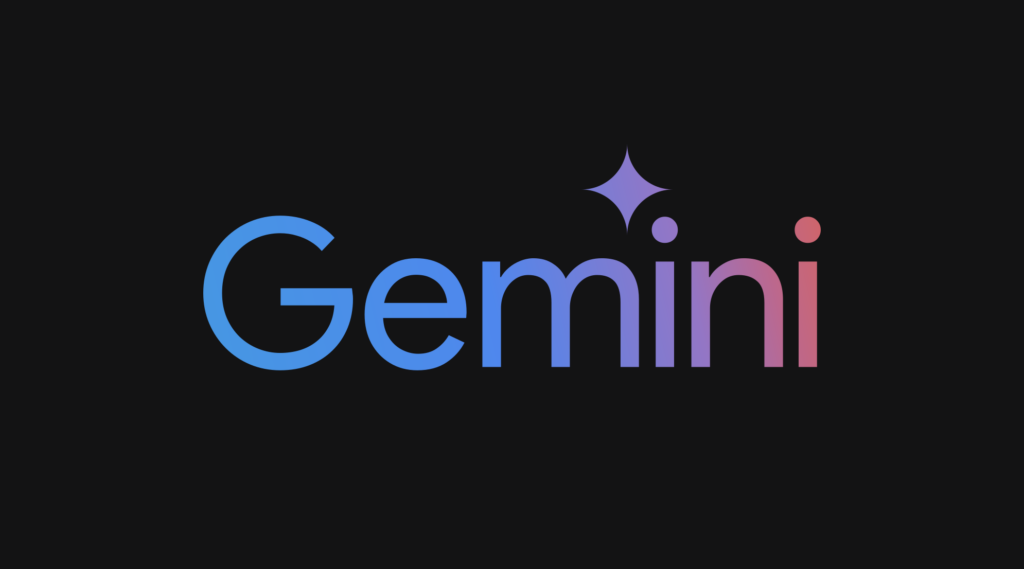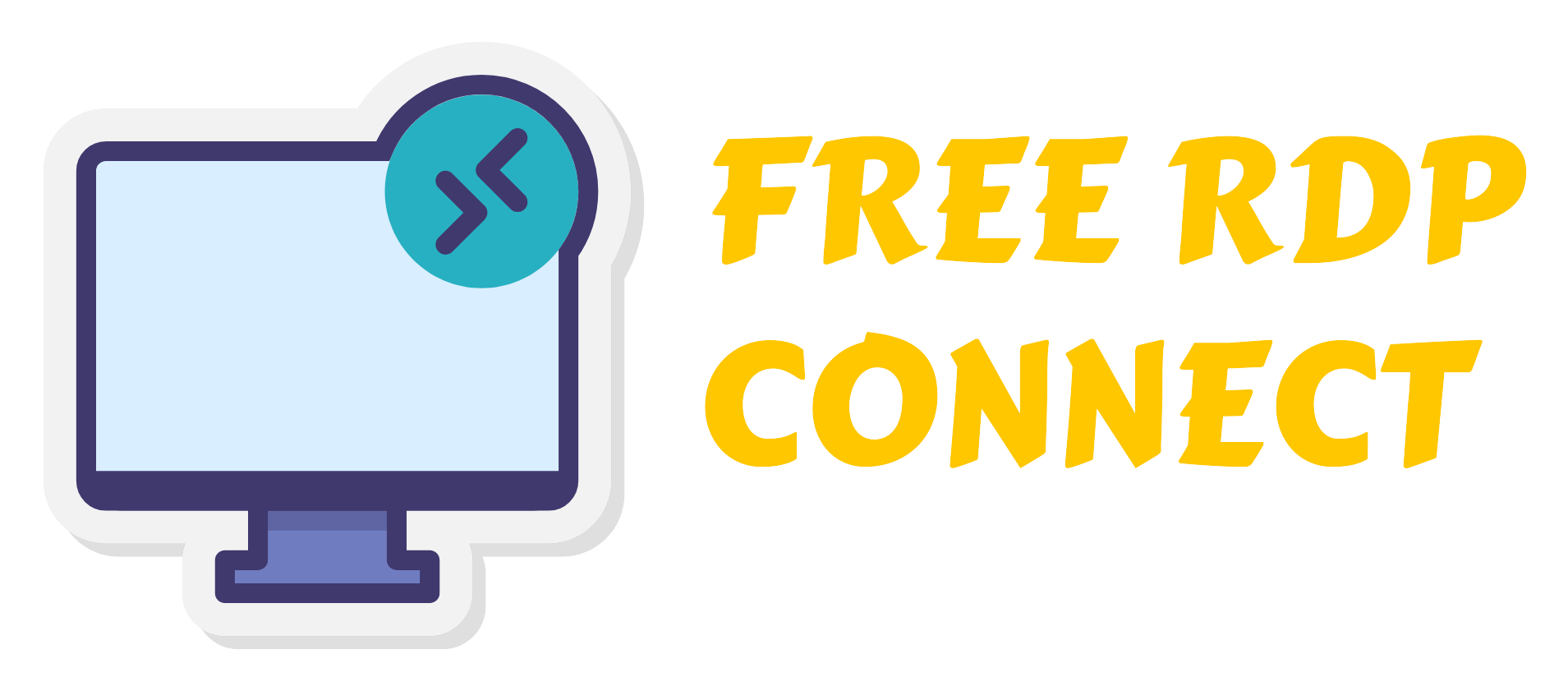
The allure of ChatGPT Plus, with its enhanced capabilities, faster response times, and access to the more powerful GPT-4 model, is undeniable for students. However, unlike Google’s explicit free offer for Gemini Pro to students, OpenAI (the creator of ChatGPT) does not currently have an official, standing program that provides ChatGPT Plus for free to all students.
This is a crucial distinction. While Google has directly targeted the student demographic with a dedicated, free premium AI offering, OpenAI’s strategy differs. So, if there’s no official free program, how might students potentially access some of the benefits of ChatGPT Plus without paying? Let’s explore the various avenues, keeping in mind that these often involve indirect methods or limited access, rather than a direct, universal student discount.
1. Leverage the Free Tier of ChatGPT (GPT-3.5)
Before pursuing paid alternatives, always remember that the basic version of ChatGPT (powered by GPT-3.5) is completely free for anyone to use. While it doesn’t offer the advanced reasoning of GPT-4 or the additional features of Plus, it is still an incredibly powerful tool for:
- Brainstorming ideas: From essay topics to project concepts.
- Drafting outlines: For papers, presentations, or study guides.
- Explaining complex concepts: In simple terms.
- Generating basic code snippets: For programming assignments.
- Practicing language skills: Through conversation.
For many day-to-day academic tasks, the free ChatGPT 3.5 can be sufficient and is always available without cost.
2. OpenAI Developer Program & API Access (Technical Route)
This method isn’t about getting “ChatGPT Plus” directly, but rather about accessing the underlying GPT models (including GPT-4) via OpenAI’s API. This route is more technical and typically for students who are:
- Studying Computer Science, AI, or Data Science: And have a basic understanding of programming.
- Working on personal projects: That require AI integration.
- Collaborating on research: Where specific API access is needed.
How it works:
- Sign up for an OpenAI Developer Account: Visit platform.openai.com and create an account.
- Access “Usage” and “Billing”: OpenAI provides free credits to new developer accounts, typically a small amount (e.g., $5) that can be used over a limited period (e.g., 3 months). This credit allows you to make calls to the GPT-4 API.
- Monitor Usage: It’s critical to monitor your usage within the platform, as once the free credits are depleted, you will be charged per token for API calls. Careless use can lead to unexpected charges.
- Building Your Own Interface: With API access, you can build simple scripts or use existing tools to interact with GPT-4. This isn’t the user-friendly ChatGPT Plus interface, but it grants access to the model’s power.
- Educational Credits/Grants: Occasionally, OpenAI might offer educational grants or larger credit allocations to academic institutions or specific research projects. Students involved in such projects might gain access through their university. These are rare and usually highly competitive.
Pros: Direct access to GPT-4; good for learning API integration.
Cons: Requires technical knowledge; limited free credits; risk of incurring charges.
3. Seek Sponsored Access or Institutional Subscriptions
While no universal student discount exists, some universities or departments might internally fund subscriptions or provide access to ChatGPT Plus (or similar tools) for their students.
- Check with Your Department: Especially within fields like computer science, humanities (for writing support), or media studies, departments might have institutional licenses or provide a shared resource for students.
- University Libraries: Some university libraries are exploring or already providing access to premium AI tools as part of their digital resources. It’s worth asking your library staff.
- Research Groups: If you’re part of a research group or lab, the principal investigator (PI) might have an OpenAI enterprise account or be willing to cover the cost for research-related use.
4. Limited-Time Promotions or Free Trials (Rare)
Like many subscription services, OpenAI might occasionally run limited-time promotions or offer short free trials for ChatGPT Plus. These are usually advertised directly on their website or through their social media channels.
- Stay Updated: Follow OpenAI’s official announcements. Such promotions are not regular but can pop up.
5. Open-Source Alternatives and Community Models
While not “ChatGPT Plus,” there are powerful open-source large language models (LLMs) that are free to use and often rival the capabilities of GPT-3.5, and in some cases, even approach GPT-4 for specific tasks.
- Hugging Face: A popular platform for AI models. You can often try out various LLMs hosted there for free, including models like LLaMA, Mistral, and others. Many of these offer impressive performance.
- Local LLMs: For tech-savvy students, running open-source LLMs locally on your own computer (if you have sufficient hardware) is a completely free way to experiment with powerful AI, without any API costs or subscription fees.
- Google Colab/Kaggle: These platforms provide free access to powerful GPUs, allowing you to run and experiment with open-source LLMs without needing to invest in expensive hardware.
Pros: Truly free; excellent for learning and experimentation.
Cons: May require technical setup; performance varies; not the official ChatGPT Plus interface.
6. Collaborate with Peers
If a few friends need access to ChatGPT Plus, consider pooling resources for a month or two, especially during intense project periods. This isn’t “free,” but it makes the cost more manageable.
Important Considerations:
- No Guarantees: Beyond the free ChatGPT 3.5, none of these methods guarantee sustained, free access to the full ChatGPT Plus experience.
- Cost Awareness: For API access, always be mindful of usage and potential costs once free credits are exhausted. Set budget limits if possible.
- Ethical Use: Regardless of how you access AI tools, always adhere to academic integrity policies and use AI responsibly for learning and assistance, not for academic dishonesty.
In conclusion, while a direct “free ChatGPT Plus for students” program is not currently offered by OpenAI, students have several avenues to explore for accessing powerful AI models, ranging from the free basic ChatGPT 3.5 to developer API access, institutional support, or open-source alternatives. The key is to understand the different options and choose the one that best fits your needs, technical comfort level, and the specific academic task at hand.


Leave a Reply